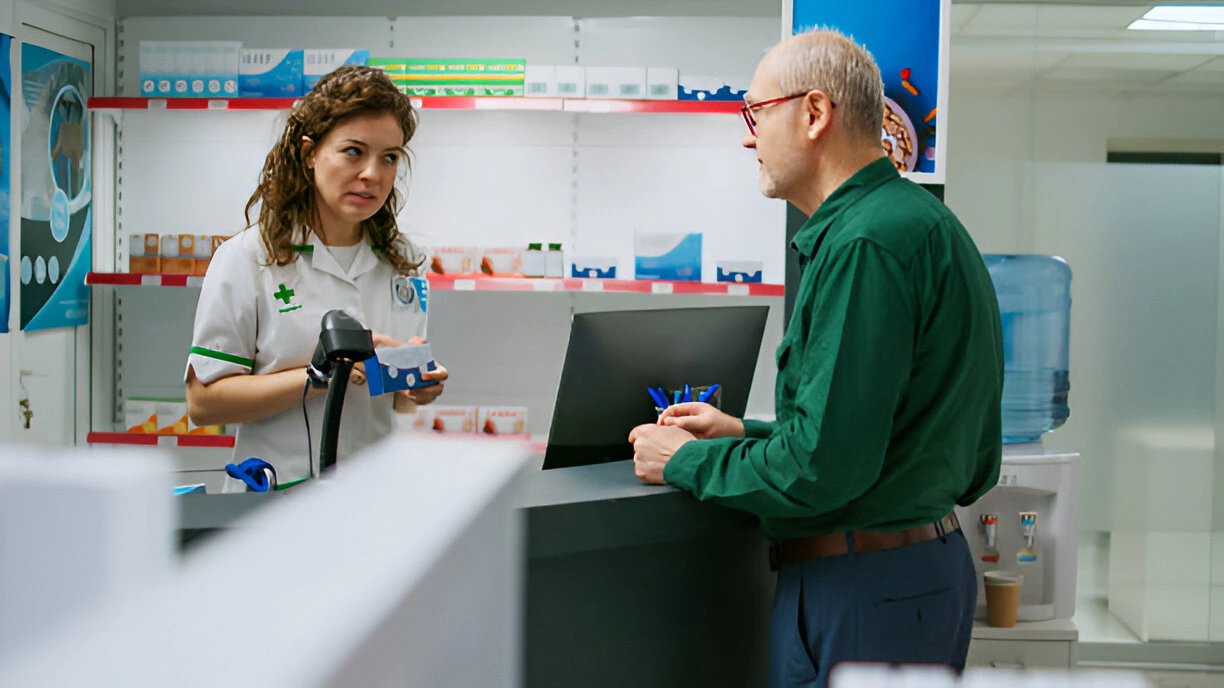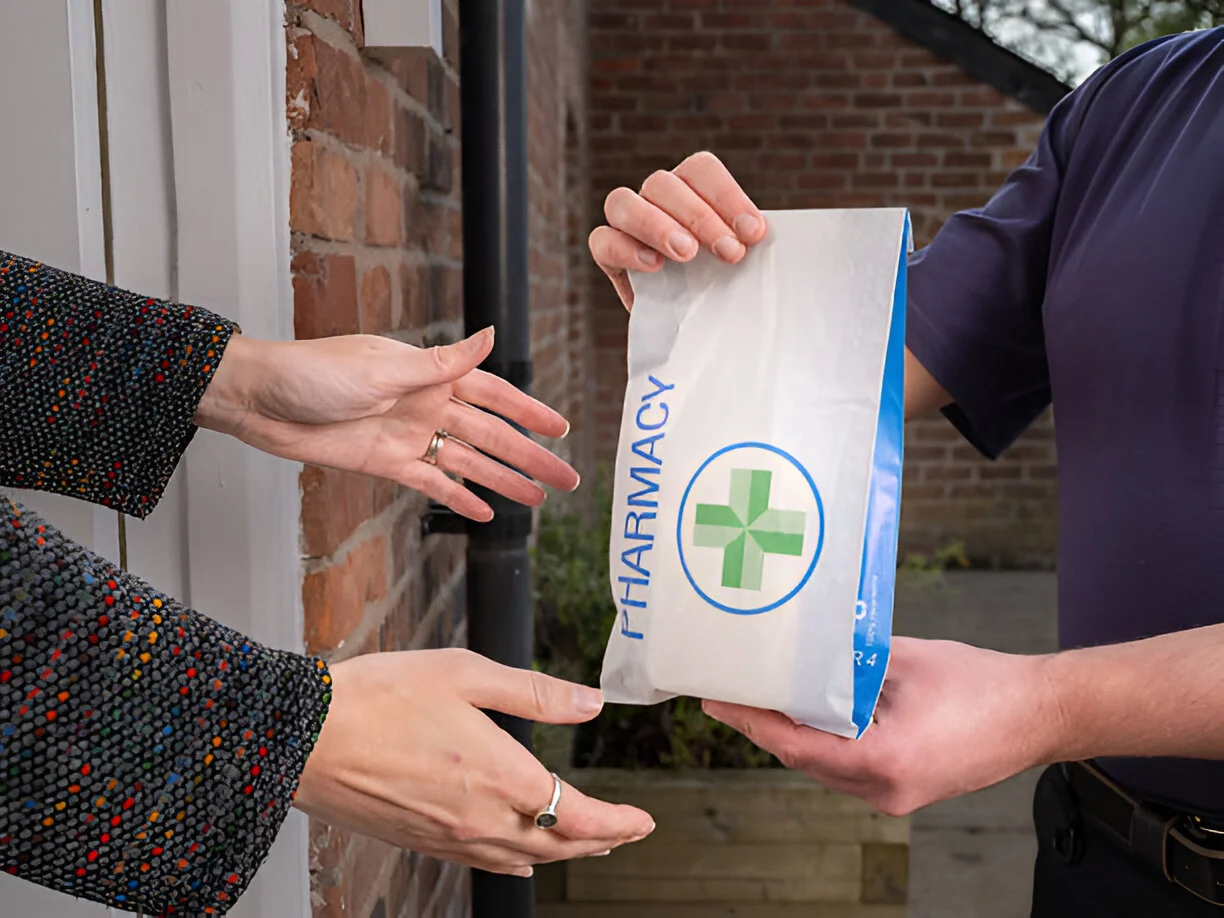Top 5 Pharmacovigilance Service Solutions That Boost Safety
Imagine this: It’s 2 AM in Dhaka, and a mama gives her feverish child a common antipyretic saccharine. Within hours, the child’s fever breaks, and peaceful sleep returns. Now, picture a construction worker in Arizona taking his specified pain drug after a long day, trusting it’ll ease his aching muscles without incident.
What connects these two individualities across the mainland? An unnoticeable guard of safety monitoring that ensures their specifics deliver benefits without causing detriment, a guard maintained by robust pharmacovigilance service systems.
In our increasingly connected world, pharmacovigilance service is not just a non-supervisory demand; it’s the foundation of patient trust and global access. Whether you are a pharmaceutical manufacturer in Bangladesh eyeing transnational expansion or a biotech incubator in Silicon Valley navigating FDA blessings, understanding pharmacovigilance is no longer voluntary; it’s a strategic imperative.

What Exactly is Pharmacovigilance? Beyond the Jargon
At its core, pharmacovigilance (PV) is the science and activities relating to the detection, assessment, understanding, and prevention of adverse effects or any other drug-related problems. Think of it as a sophisticated early warning system that continuously monitors medicinal products throughout their lifecycle, from clinical trials through decades of consumer use.
A comprehensive pharmacovigilance service typically encompasses:
- Individual Case Study Report (ICSR) Management: Collection, processing, and reporting of individual adverse event reports
- Signal Detection and Management: Identifying new safety information from various data sources
- Risk Management Planning: Developing strategies to minimize risks while maximizing benefits
- Aggregate Report Preparation: Compiling periodic safety updates such as PBRERs, PSURs, and DSURs
- Quality Assurance: Ensuring compliance through auditing, training, and standard operating procedures
The Global Landscape: Why Pharmacovigilance Services Matter More Than Ever
For Bangladesh: Gateway to International Markets
Bangladesh’s pharmaceutical industry stands at a pivotal moment. Having established itself as a manufacturing powerhouse, the next frontier is global expansion. However, as one industry expert notes, “For Bangladeshi manufacturers, a mature PV system is no longer optional; it is the bedrock of sustainable global expansion”.
The strategic advantages are clear:
- Market Access: Regulatory agencies like the EMA (Europe) and FDA (USA) require exceptionally rigorous PV systems for market authorization. A demonstrably robust PV framework is a prerequisite for entering these high-value markets.
- Risk Mitigation: Proactive signal management allows companies to identify potential safety issues before they escalate into costly recalls, litigation, or irreparable brand damage.
- Enhanced Brand Equity: A documented commitment to patient safety builds profound trust with healthcare professionals, patients, and regulators globally.
The Directorate General of Drug Administration (DGDA) in Bangladesh has recognized this imperative by publishing the “National Guideline on the Pharmacovigilance System in Bangladesh”, providing a framework for local companies to build their PV capabilities.
For the United States: Navigating an Evolving Regulatory Landscape
The U.S. market presents its own unique challenges and opportunities. The FDA maintains two primary post-marketing surveillance systems: the FDA Adverse Event Report System (FAERS) for pharmaceuticals and biologic products and the Manufacturer and User Facility Device Experience (MAUDE) database for medical devices.
While voluntary for healthcare professionals and patients, adverse event reporting is mandatory for “IND reporters, manufacturers, distributors, importers, and user facilities personnel”. This complex regulatory environment demands sophisticated pharmacovigilance service solutions that can navigate both federal requirements and state-specific regulations.
Key Components of a World-Class Pharmacovigilance Service
1. Technology-Driven Solutions
Modern pharmacovigilance leverages advanced technologies to enhance efficiency and accuracy. As one provider notes, they offer “technology-driven solutions integrated into the pharmacovigilance landscape”. These include:
- Artificial Intelligence and Machine Learning: IQVIA processes “800 safety cases annually using artificial intelligence” and translates “130 million words annually using intelligent automation in 11 languages.
- SaaS Platforms: Many providers offer secure software platforms “built to simplify safety and PV processes, while boosting speed, accuracy, and efficiency”.
- Digital Signal Detection: Advanced algorithms help identify potential safety signals from vast datasets.
2. Comprehensive Service Offerings
A robust pharmacovigilance service typically includes:
Service Component | Description | Importance |
ICSR Management | Processing individual safety reports from various sources | Foundation of safety data collection |
Aggregate Reporting | Preparing periodic safety updates (PBRERs, PSURs, DSURs) | Regulatory requirements for product maintenance |
Risk Management | Developing RMPs and REMS programs | Proactive risk minimization |
Signal Detection | Identifying new safety information | Early warning system for potential issues |
QPPV Services | Providing qualified personnel responsible for PV | Regulatory requirements in many markets |
PV System Auditing | Assessing compliance with regulations | Quality assurance and inspection readiness |
3. Regional Expertise and Global Reach
Successful pharmacovigilance requires both a global perspective and local knowledge. Leading providers emphasize their “global reach and round-the-clock coverage”, with some boasting “over 1,000 global pharmacovigilance professionals” and coverage of “100+ countries”.
This global network is particularly valuable for companies looking to expand internationally, as it ensures compliance with diverse regulatory requirements while maintaining consistency in safety monitoring.
The Zivadra Advantage: Bridging Bangladesh and Global Markets
At Zivadra, we understand the unique challenges facing pharmaceutical companies in both emerging and established markets. Our comprehensive pharmacovigilance service is designed to help companies navigate the complex global regulatory landscape while maintaining focus on patient safety.
Whether you’re a Bangladeshi manufacturer looking to enter regulated markets or a U.S. biotech company seeking to optimize your safety surveillance, our tailored solutions offer:
- Technology Integration: Leveraging advanced analytics and AI-driven solutions to enhance signal detection and efficiency
- Regulatory Expertise: Navigating both FDA requirements and international standards
- Scalable Solutions: Flexible engagement models that grow with your business
- Quality Assurance: Robust quality management systems ensuring inspection readiness

The Future of Pharmacovigilance: Emerging Trends and Technologies
The field of pharmacovigilance is evolving rapidly, driven by technological advancements and increasing regulatory expectations. Key trends include:
- AI and Machine Learning: Enhanced signal detection and predictive analytics
- Real-World Evidence Integration: Incorporating data from electronic health records, wearables, and patient forums
- Increased Automation: Streamlining case processing and reporting
- Patient-Centric Approaches: Engaging patients directly in safety monitoring
- Global Harmonization: Aligning standards across regulatory jurisdictions
As one provider notes, “The future of the sector depends on integrating technology, using AI for signal detection, and leveraging integrated PV software for end-to-end case management”.
Frequently Asked Questions
Pharmacovigilance services primarily cover drug safety throughout their lifecycle, detecting, assessing, and preventing adverse goods to insure patient safety and non-supervisory compliance.
Bangladesh follows the DGDA’s public guidelines, while the USA utilizes FAERS for medications and MAUDE for medical bias, with obligatory reporting conditions for manufacturers.
Artificial intelligence, machine knowledge, and automated case processing are significantly enhancing signal discovery and effectiveness in pharmacovigilance.
Outsourcing provides access to specialized moxie, advanced technologies, and scalable results while reducing the burden of maintaining in-house capabilities.
Essential factors include ICSR operation, signal discovery, threat operation plans, aggregate reporting, and quality assurance processes. What is the primary purpose of pharmacovigilance services?
How do pharmacovigilance conditions differ between Bangladesh and the USA?
What technological advancements are shaping modern pharmacovigilance?
Why should pharmaceutical companies consider outsourcing pharmacovigilance?
What are the crucial factors of a comprehensive pharmacovigilance system?
Conclusion: Pharmacovigilance as a Strategic Imperative
In a moment’s connected medicinal geography, a robust pharmacovigilance service is no longer a nonsupervisory checkbox; it’s a strategic asset that protects cases, preserves brand character, and enables global request access.
For Bangladeshi companies looking to expand internationally and U.S. companies maintaining compliance while instituting, investing in world-class pharmacovigilance capabilities is essential. As the assiduity continues to evolve, those who prioritize patient safety through sophisticated PV systems won’t only alleviate pitfalls but also produce a significant competitive advantage.
The question for pharmaceutical leaders is no longer whether to invest in pharmacovigilance, but how to make these capabilities effective and efficient. With the right mate and approach, pharmacovigilance can transfigure from a cost center into a value driver, guarding cases moment while driving growth thereafter.
